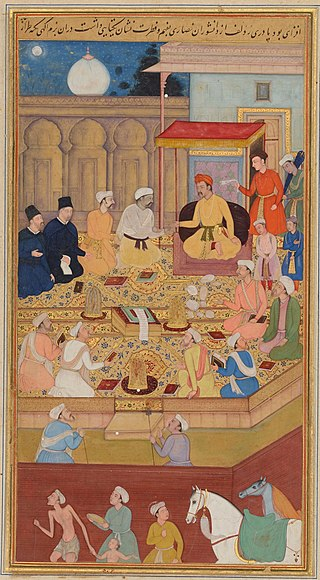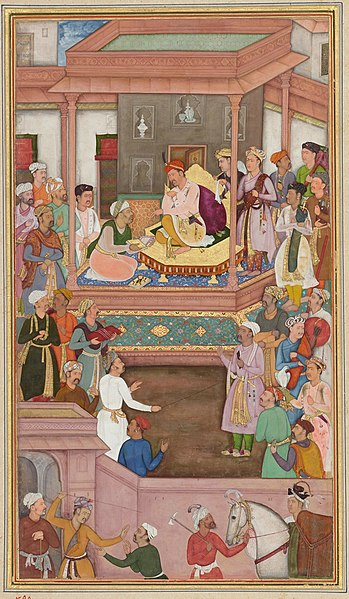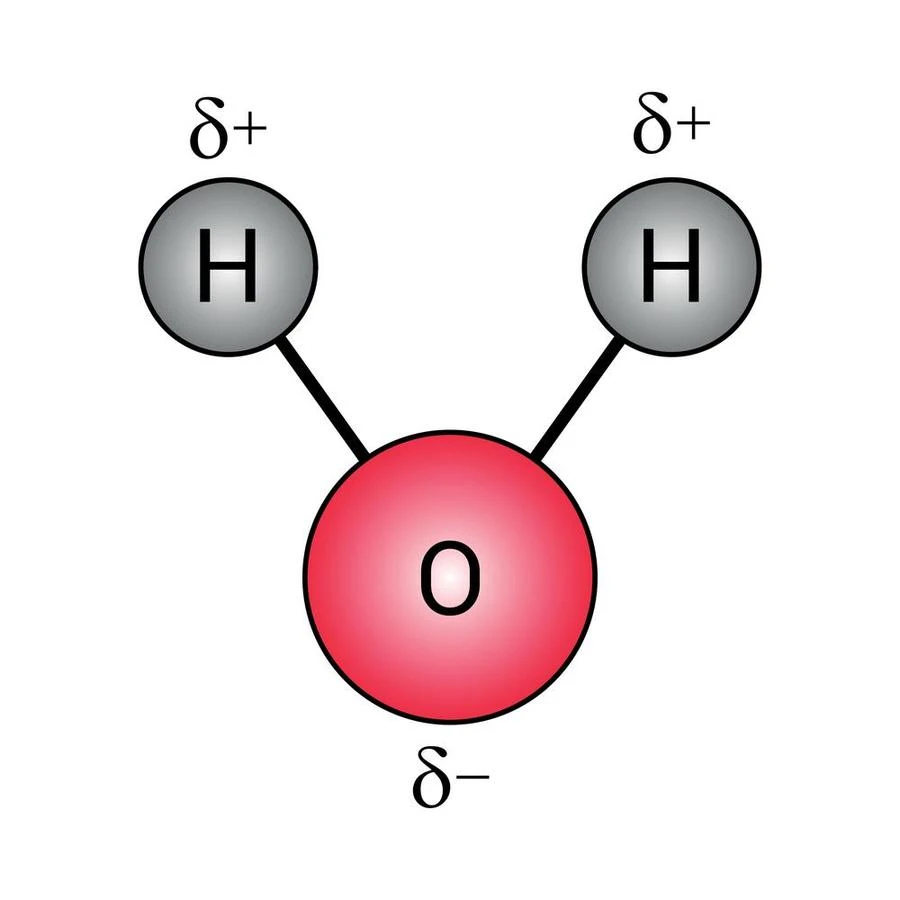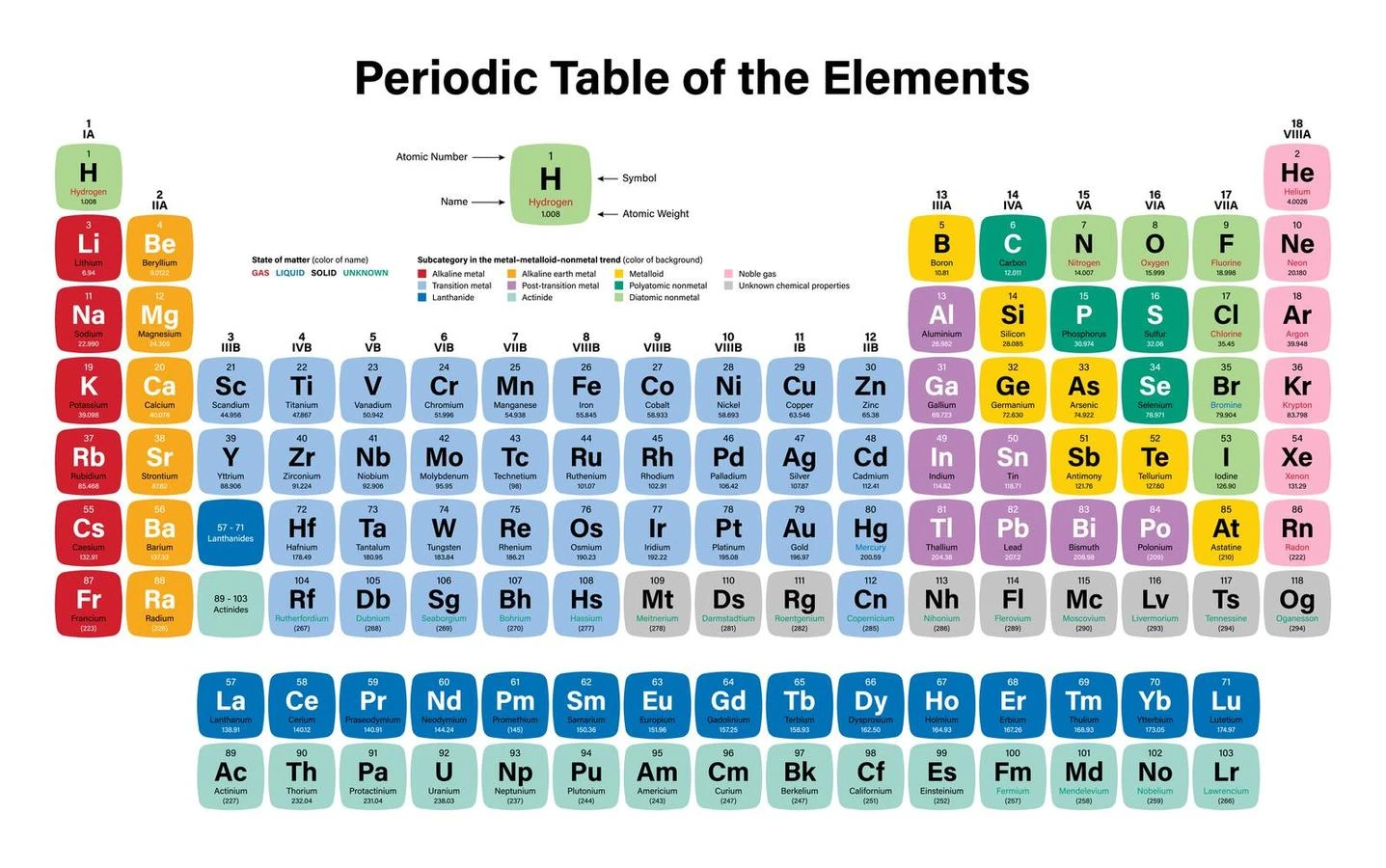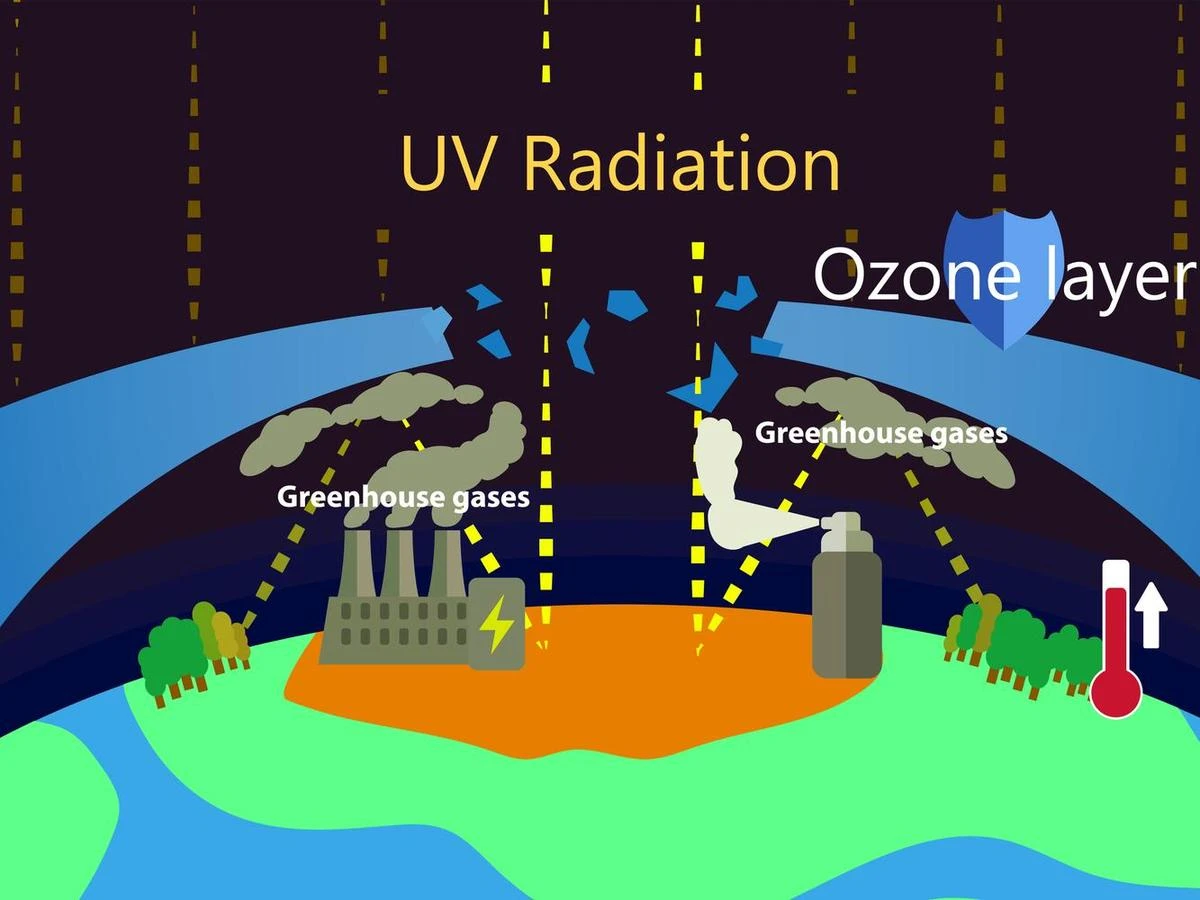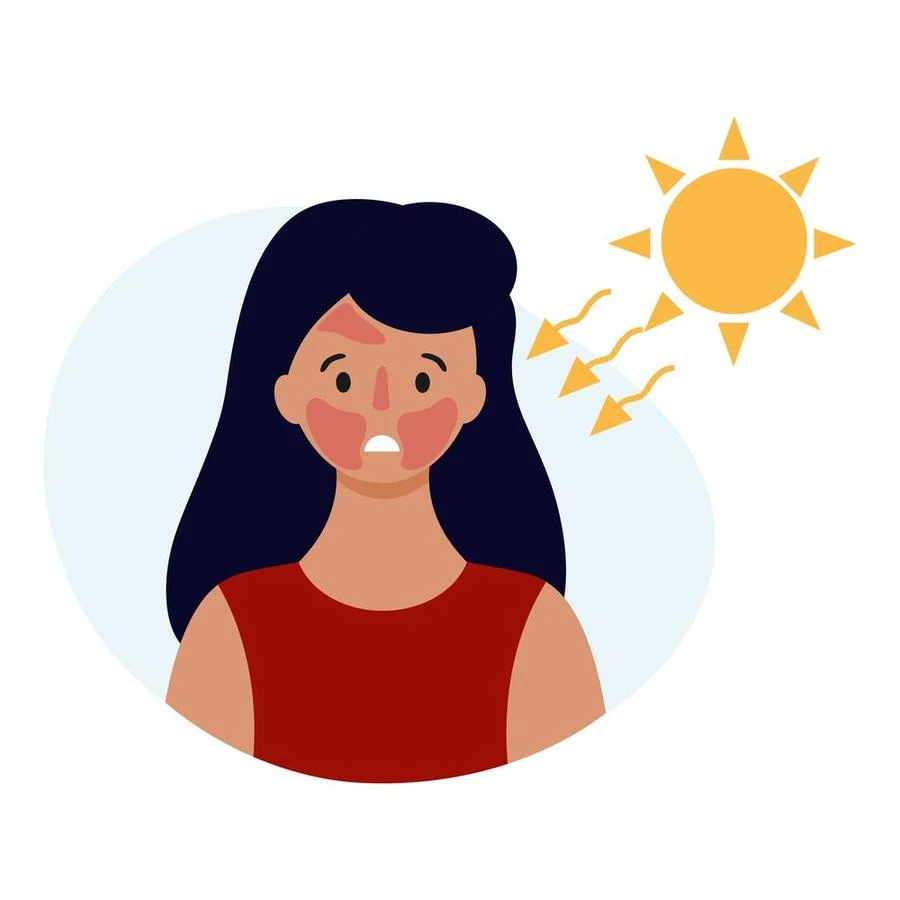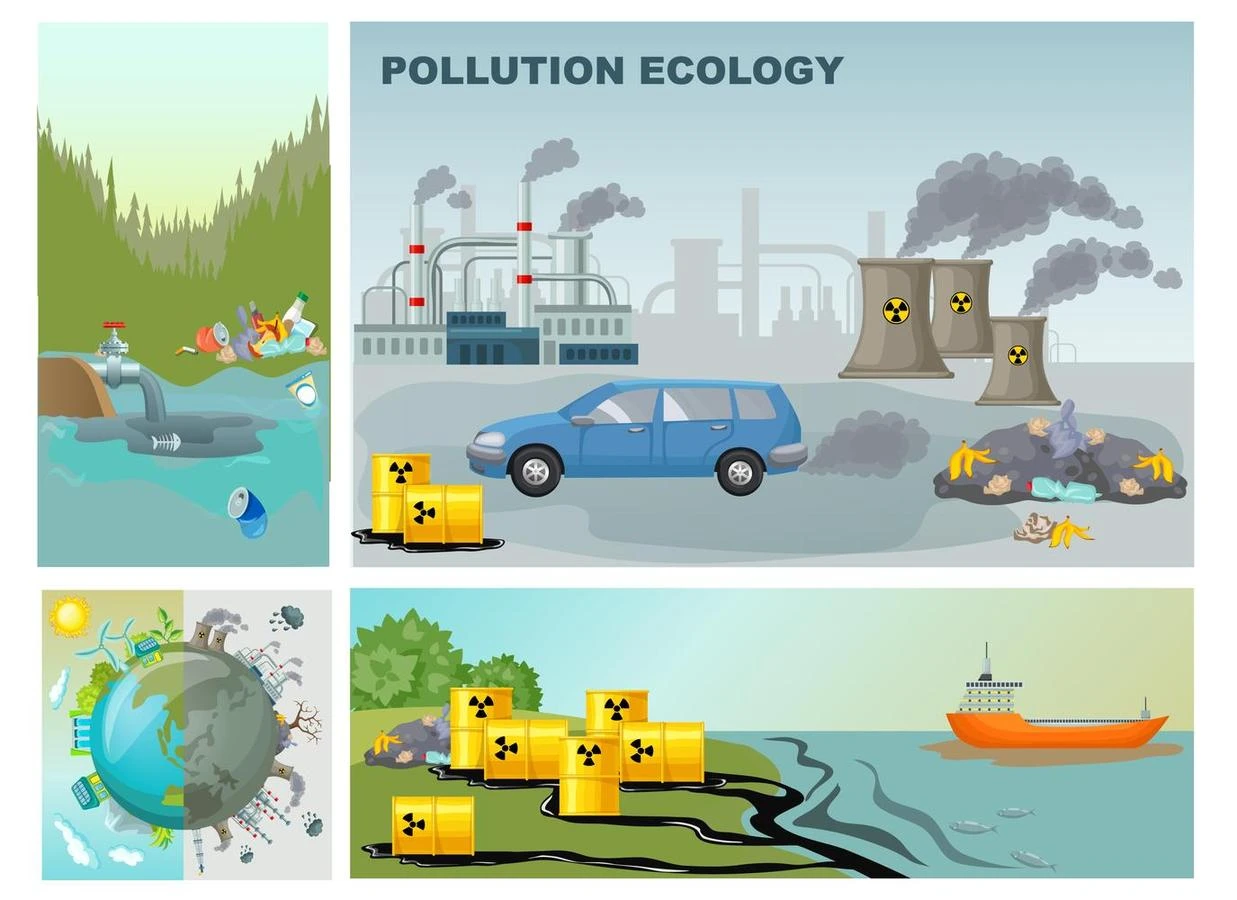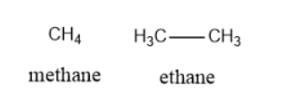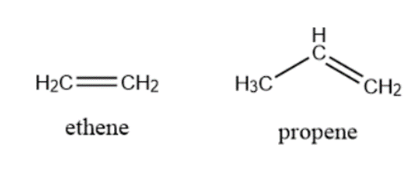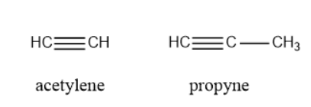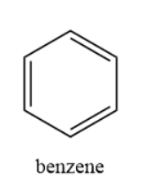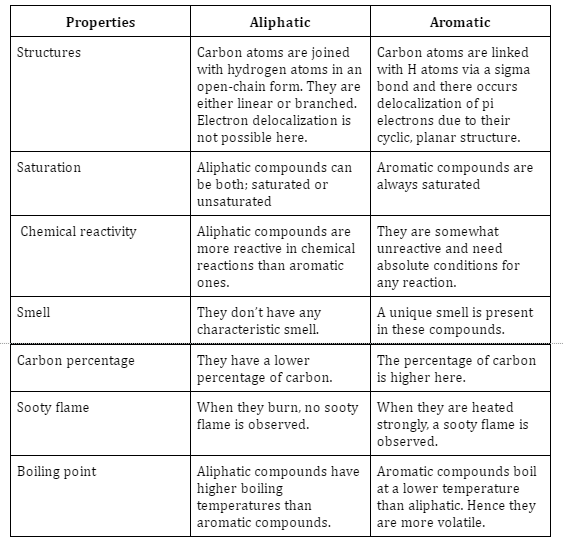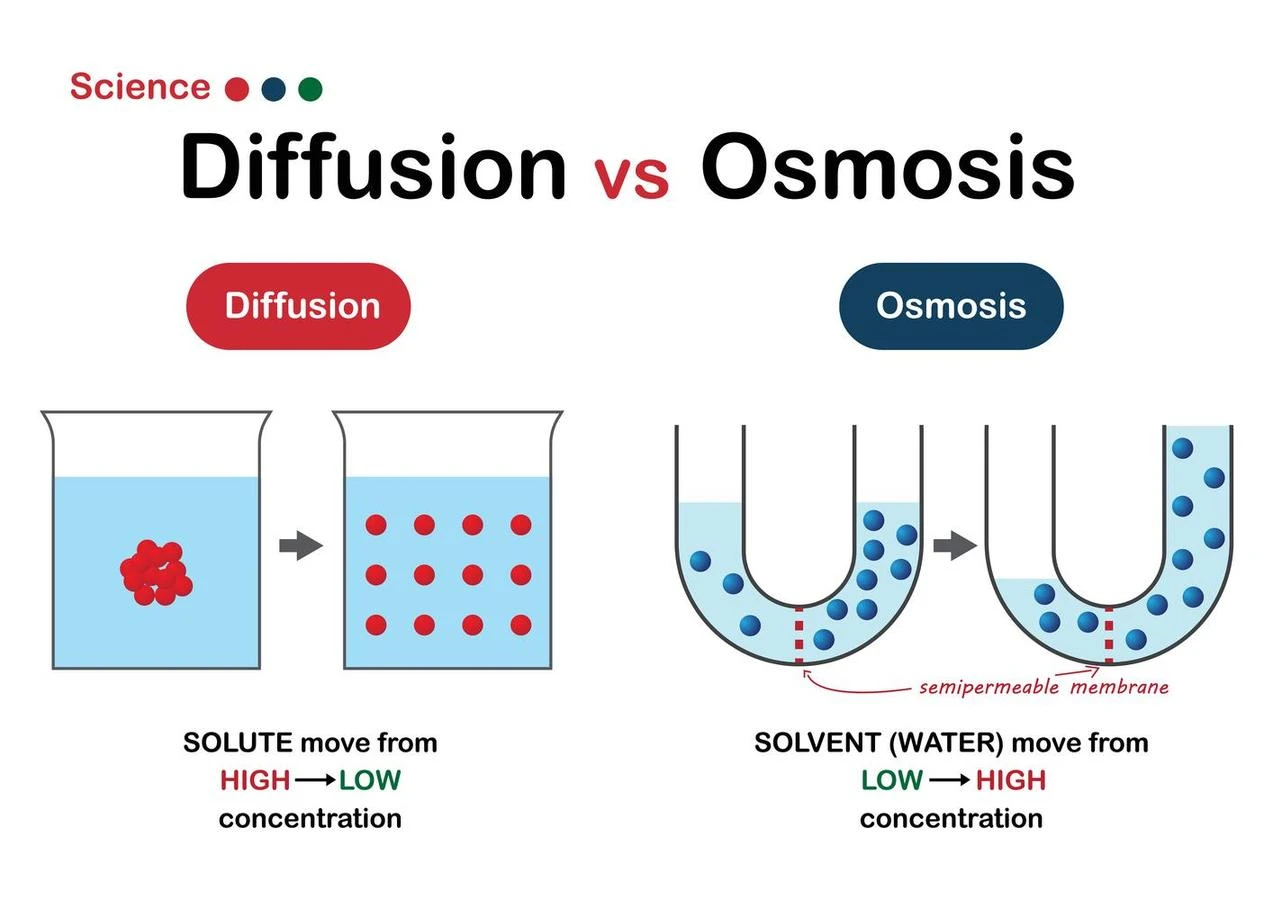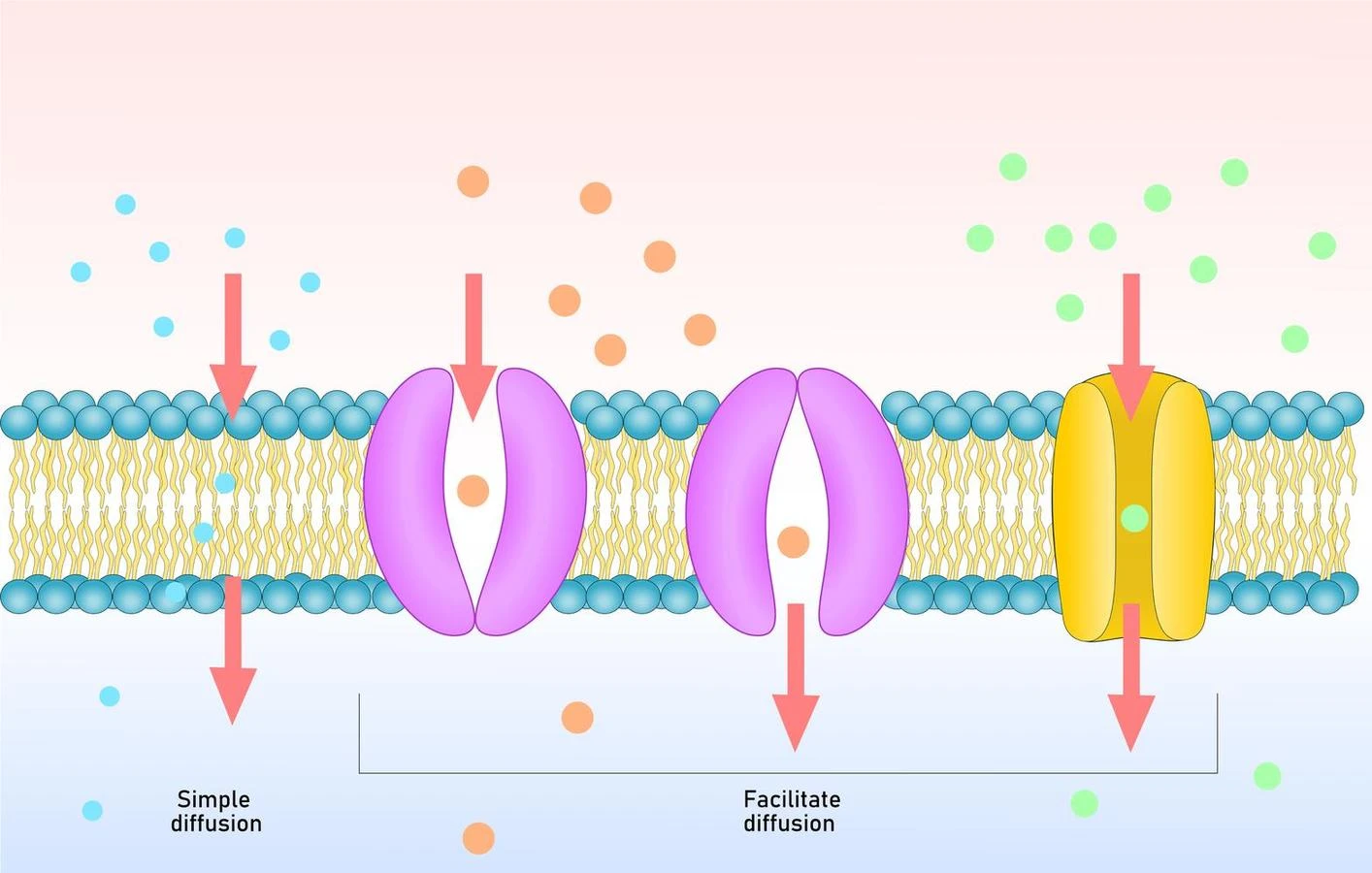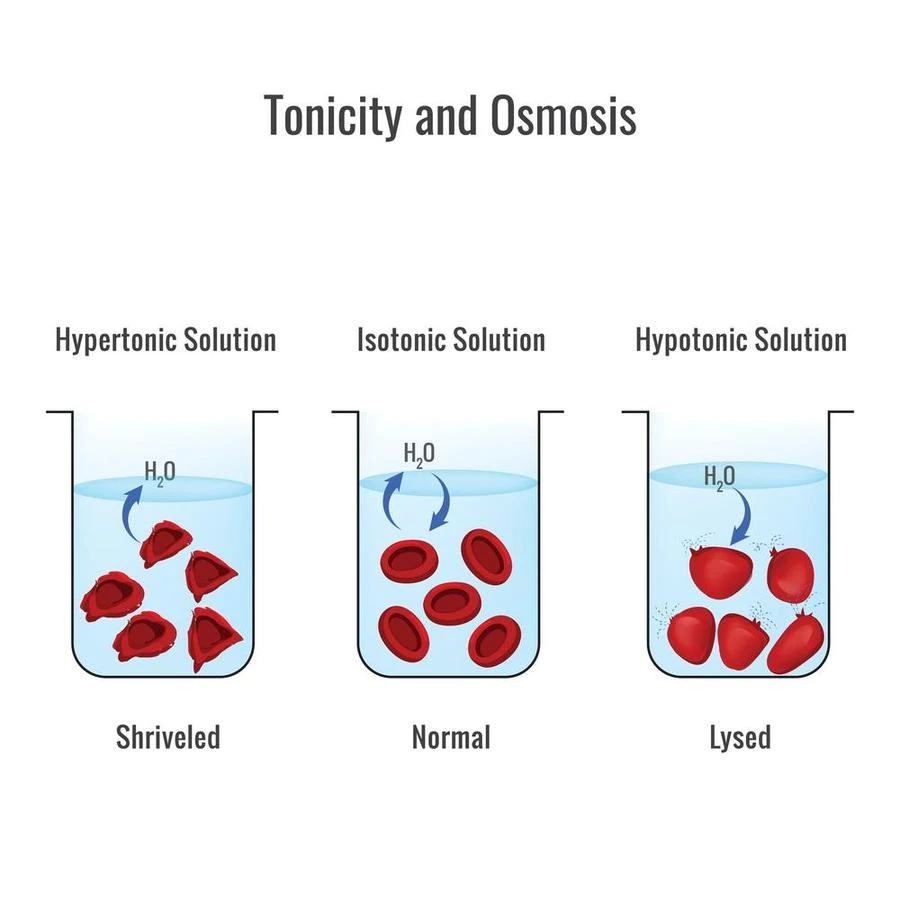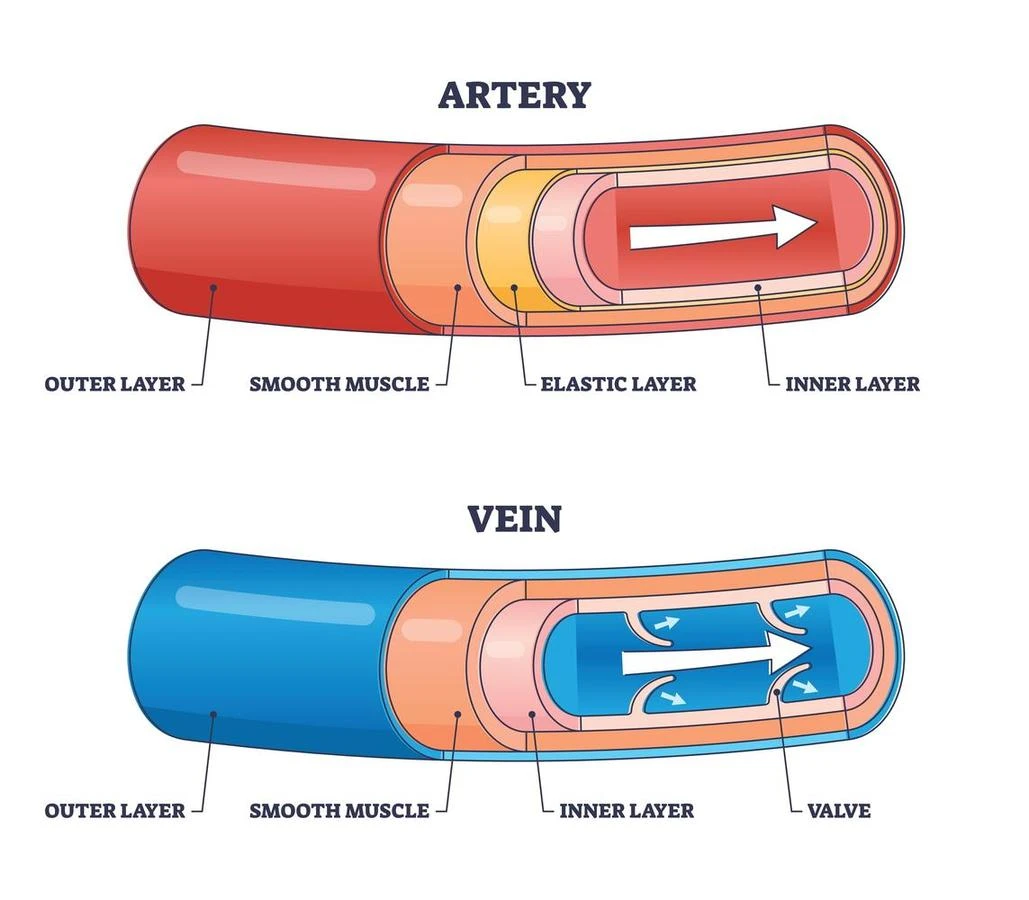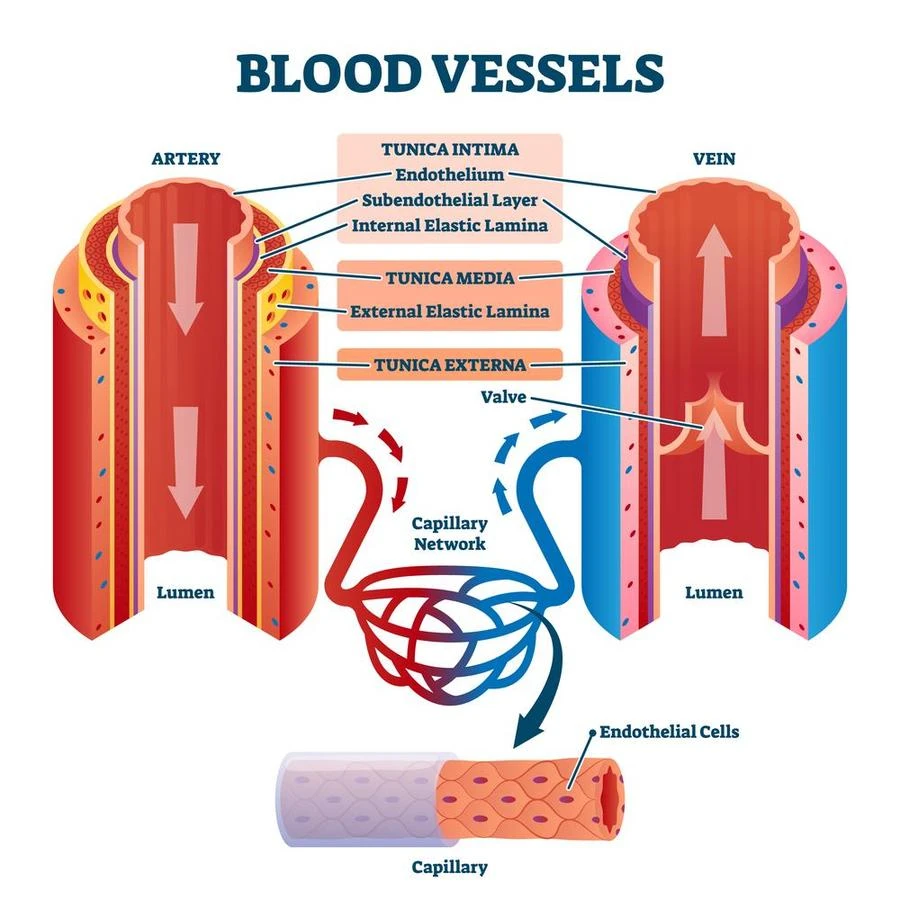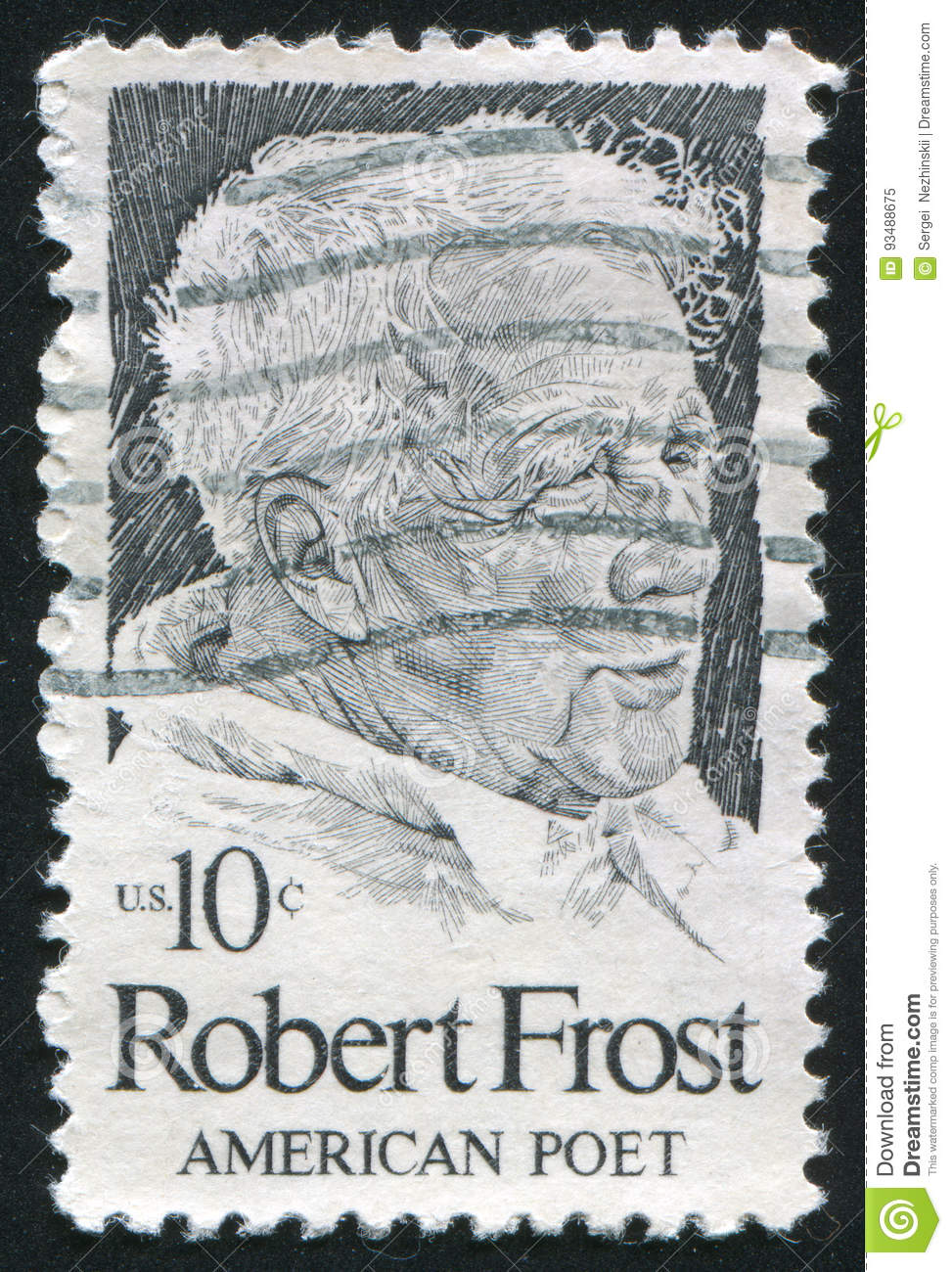Introduction
The Magadha Empire was ruled by the Haryanka, Shishunaga, and Nanda dynasties during antiquity. According to estimates, the Magadha Empire existed between 684 and 320 BCE. The four Mahajanapadas—Magadha, Kosala, Avanti, and Vatsa—fought for power from the sixth to the fourth centuries BCE. Finally, Magadha triumphed and was able to seize control. In ancient India, it rose to become the most powerful state. Location of Magadha in contemporary Bihar.
For the past 200 years, historians have been interested in Magadha.This has been the case since it developed into the centre of the Mauryan dynasty’s political authority. The Magadhan empire expanded in its lifetime, around the sixth century BCE. However, the Nandas and the Mauryas further expedited this process. The position of Ashokan inscriptions suggests that, except for the eastern and southern extremes, the majority of the Indian subcontinent had fallen under Magadhan suzerainty.
Magadha and Mauryan King
The most significant and unanticipated consequence of Alexander’s invasion of the northwest, according to D.D. Kosambi was that it accelerated the Mauryan subjugation of the entire nation. The success of Chandragupta’s overthrow of the final Nanda ruler and occupation of his city Pataliputra is correlated with his ascension to the throne in or about 321 BCE. Alexander is said to have even visited Chandragupta, who persuaded him to invade Magadha while the unpopular Nandas ruled it.
The Arthashastra is credited to Chanakya, who is supposed to have been highly aware of the formation of the state and civilization to guarantee that the dominion did not fall. Chanakya is also said to have been well-versed in the political concepts of battle and aggrandisement.
Maurya Ashoka
Ashoka Maurya wasn’t a particularly well-known ruler up until around 1837. James Prinsep translated a Brahmi inscription mentioning a ruler named Devanampiya Piyadassi in that year (Beloved of the Gods). It was, therefore, possible to confirm that the ruler depicted in the inscription was Ashoka Maurya by comparing this information to what was recorded from the Sri Lankan chronicle Mahavamsa. Ashoka gained notoriety for forgoing war in favor of attempting to construct a political order based on the Dhamma philosophy.
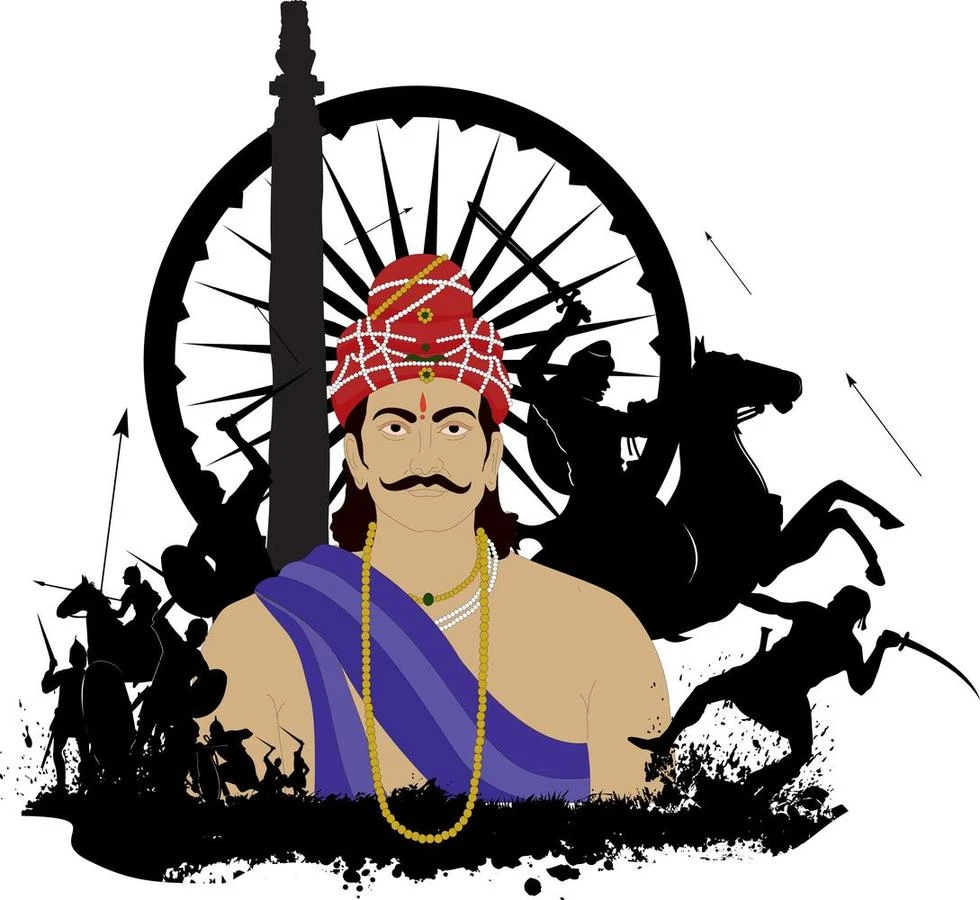
Mauryan Empire
Many historians, who view the Mauryan Empire as an empire mainly in terms of its geographic scope, place a high value on the part Chandragupta Maurya played in mercilessly halting the flow of outside involvement in the Mauryan State.
The north-west is repressing Indigenous kings in the west and south of India. Source information on the nature and extent of these military accomplishments is lacking. Thus one must recreate these facts using reports accessible to his successors who succeeded him and took over this empire.
Contact with Seleucus Nikator, who reigned over the region west of the Indus circa 305 BCE, was one of Chandragupta Maurya’s earliest significant military accomplishments. With the Indus and Gangetic plains firmly under Chandragupta’s authority, this accomplishment meant that the territorial basis of the Mauryans had been constructed. According to legend, Bindusara, Chandragupta’s son, rose to the throne in 297 BCE. According to Buddhist scriptures, Bindusara passed somewhere between 273-272 BCE. For almost four years following his passing, his sons fought among themselves for the right to succeed him. In the end, Ashoka, who lived between 269 and 268 BCE, was named Bindusara’s successor.
War in Kalinga
Ashoka ruled as a proconsul at Taxila and Ujjain during his father’s rule. It is believed that he was dispatched to Taxila to put down a rebellion. The Buddhist texts inform us that following his triumph at Taxila, he was appointed viceroy of Ujjain. It is believed that Ashoka’s conversion to Buddhism was greatly influenced by the events in his personal life, such as his marriage to a Vidisha merchant’s daughter and the birth of their two daughters, Mahinda and Sanghamita. Certain discrepancies in the Buddhist chronicles cannot be ignored because they provide much information about his early life.
Magadha at Ashoka’s Death
We have an excellent notion of the size of the Magadha kingdom during Ashoka’s rule based on the locations of the many Rock Edicts and Pillar Edicts through which he propagated his Dhamma philosophy. This information is provided by 14 Major Rock Edicts, 7 Pillar Edicts, and a few Minor Rock Inscriptions.
Shahbazgarhi and Maneshra in Peshawar, Kalsi near Dehra Dun,Girnar near Junagarh in Kathiawar,Sopara in Thane district, Dhauli in Bhubaneswar, and Jaugada in Gangam district of Odisha are the locations of the Major Rock Edicts. The Minor Rock Edicts may be found in Karnataka, among other places, Jatinga-Rameshwar, Siddapura, and Brahmagiri. Other Minor Rock Edicts may be found in the Indian states of Madhya Pradesh’s Rupnath near Jabalpur, Rajasthan’s Bairat near Jaipur, Bihar’s Sahasram, and Karnataka’s Maski.
Thus, under Ashoka, the Magadha empire saw its most extraordinary geographical growth. However, there was also a deliberate effort underway at the same time to put a stop to all battles throughout his realm. Finally, even though the locations of the Mauryan inscriptions are on well-travelled trade routes, some of which border the empire’s periphery, it has not yet been determined with certainty whether the areas where there is no evidence of inscriptions were governed in the same manner as those where they were discovered.
Summary
The existence of the ancient Magadh empire was found from about 684 to 320 BCE. The great monarchs made significant contributions to the growth and empowerment of the Magadh kingdom. The rise of the complete kingdom was influenced by a number of additional factors, including beneficial geographic location, social, economic, and cultural variables. In this article we learned about the significance of Magadha’s strategic location and the causes of its rise and the significant events in Magadha’s early history before the rise of Mauryan law and information concerning the beginning of the Mauryan plan and the expansionist policies of the Mauryans.
Frequently Asked Questions
1. What factors led to the growth of the Magadha PDF?
Ans. The strategic positions of its two capitals, Rajagriha and Pataliputra, and the abundance of minerals led to the introduction of iron implements specifically for combat, and vibrant alluvial soil that contributed to agricultural surplus output were all factors in the emergence of Magadha.
2. What factors led to Magadha’s ascension to imperial status?
Ans. Under the administration of Bimbisara, a member of the Haryanka dynasty, Magadha attained prominence. He most likely toppled the Brihadrathas of Magadha and, upon ascending, adopted the title “Srinika.” From 544 until 493 B.C., he was the king of Magadha. His foundation of the Magadhan kingdom was his greatest accomplishment.
3. What advantages played a major role in Magadha becoming the most dominant power and Explain the rise of magadha upto Nnda dynasty?
Ans. The armies of the Magadha emperors were composed of elephants, horses, and chariots and were well organized, effective, and formidable. The Magadhan region produced an abundance of food due to its fertile land. The Magadhan kings benefited greatly from trade and business.


